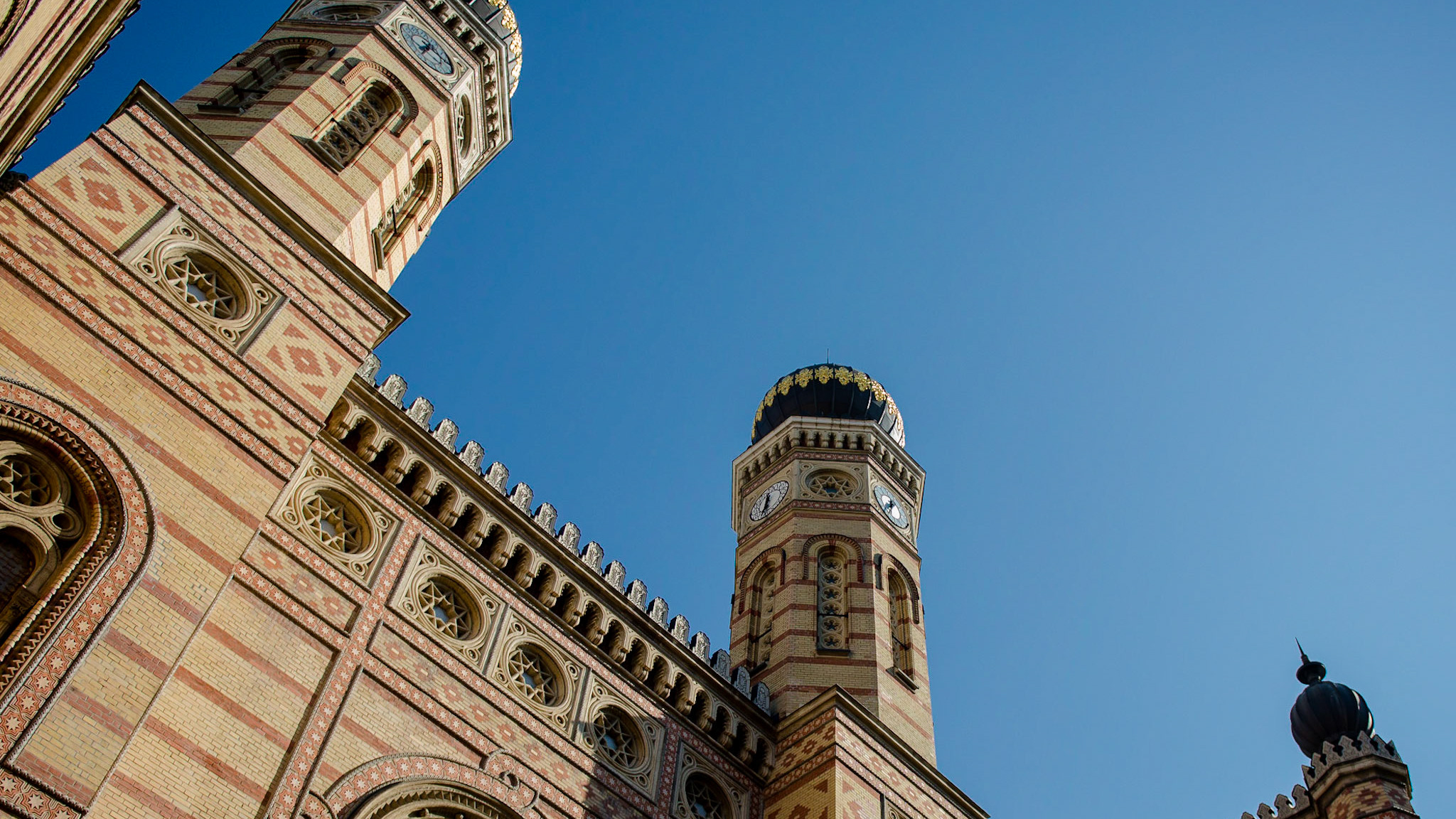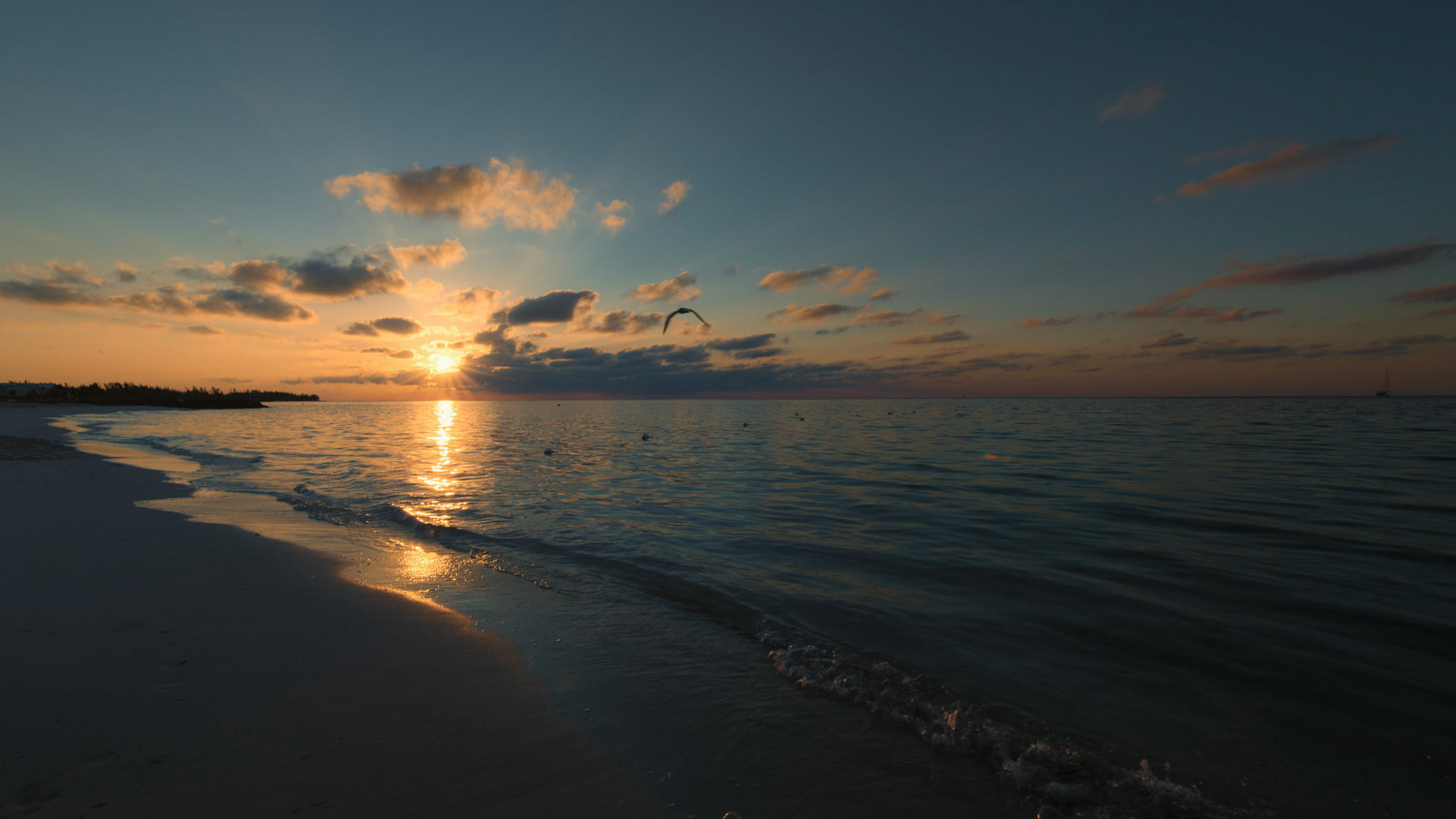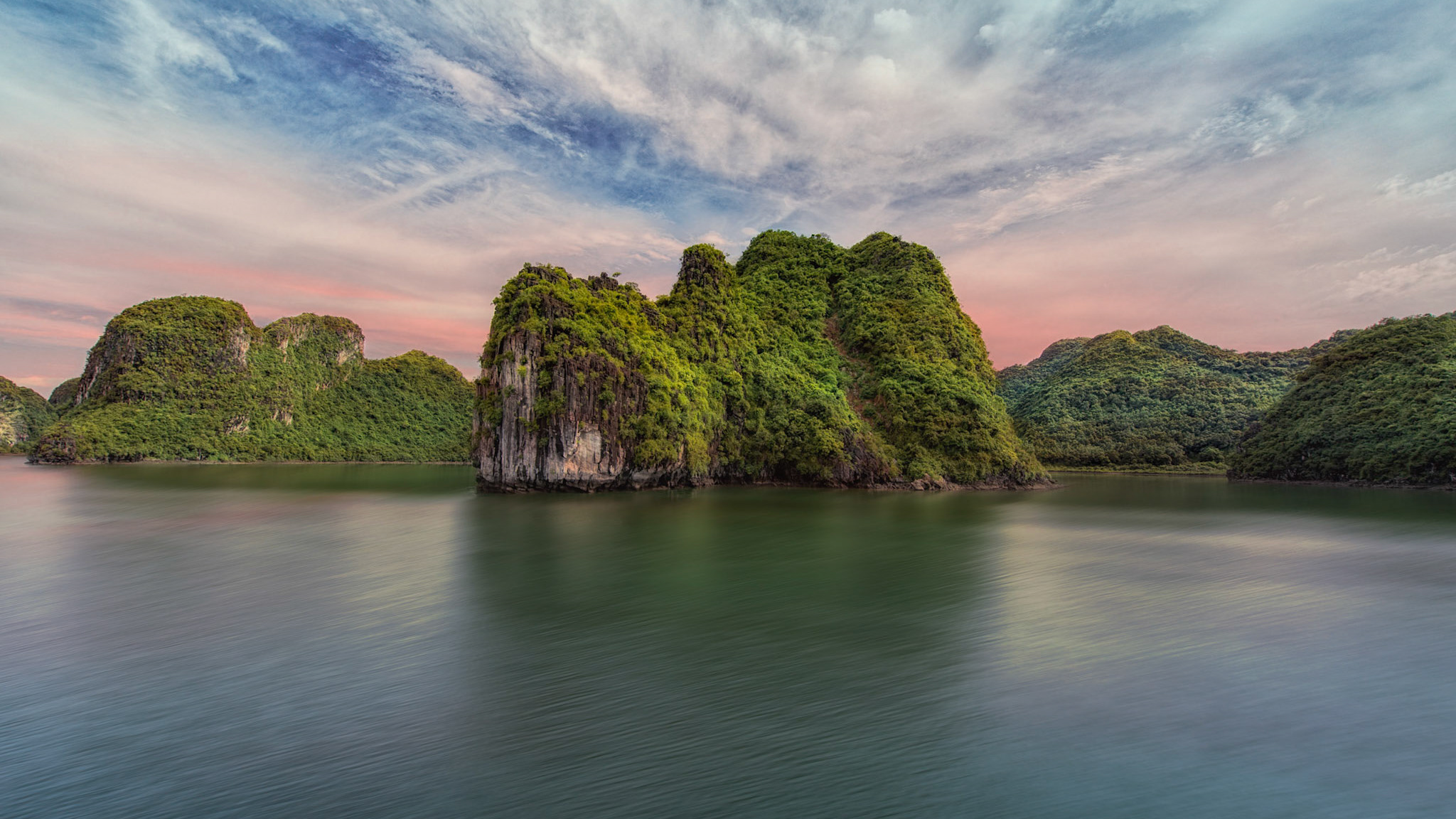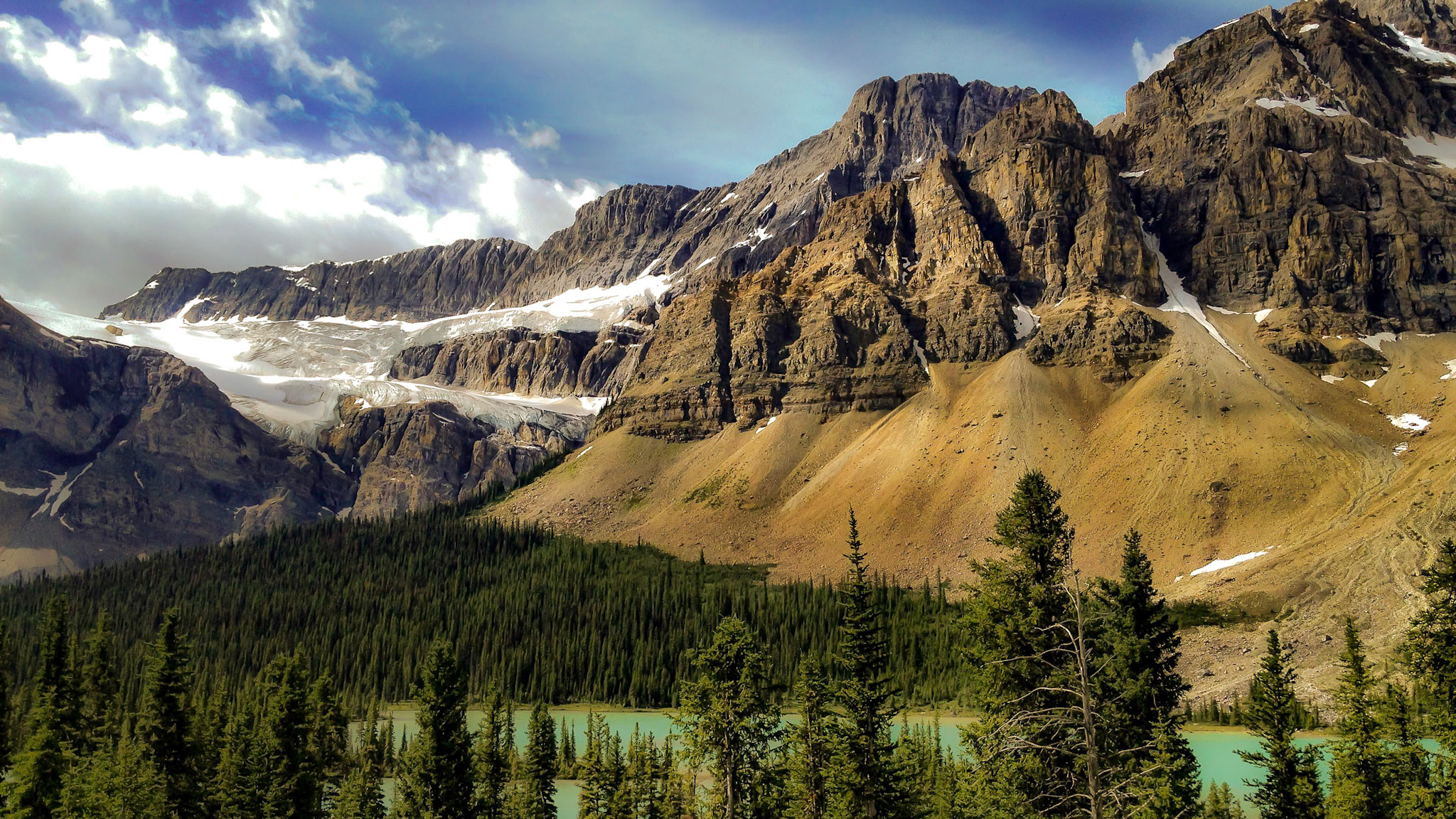
Dublin's City Hall

On May 28th, 2018, Ireland voted by a landslide to revoke its near-total ban on abortion, an astonishing victory for women’s rights that undoubtedly marks the start of the country’s transformation from a stronghold of religious conservatism, to one of Europe’s most tolerant and liberal democracies.

South Great George's Street, Dublin, Ireland.

St Stephen's Green Park, Dublin, Ireland.

Temple Bar, Dublin, Ireland.

Saint Patrick's Cathedral in Dublin, Ireland, founded in 1191, is the National Cathedral of the Church of Ireland. With its 43-metre spire, St. Patrick's is the tallest church in Ireland and the largest.

Saint Patrick's Cathedral in Dublin, Ireland, founded in 1191, is the National Cathedral of the Church of Ireland. With its 43-metre spire, St. Patrick's is the tallest church in Ireland and the largest.

Upper Kevin Street, Wood Quay, Dublin, Ireland.

Refurbished 19th-century cast-iron span & city symbol, crossed by thousands of pedestrians daily.

The Famine Memorial in Dublin Ireland is a collection of statues designed and crafted by Dublin sculptor Rowan Gillespie and presented to the city of Dublin in 1997. The statues depict the starving Irish people walking towards ships to bring them overseas to escape the hunger and poverty of the Irish famine; the women, men and children shown in the memorial as skeletal figures wearing nothing more than rags.In 1840s Ireland, many of the country’s poor population had come to rely on the potato in their diet. In 1845, however, a late blight caused by the water mold Phytophthora infestans is believed to have been accidentally imported from North America and began to appear throughout the country’s potato crops. The first year only saw partial crop failure but the returning blight from 1846 to 1849 resulted in the nation’s potato crops being almost completely destroyed.With the potato crop destroyed, the Irish suffered years of mismanagement and mistreatment from their colonial power, England, which saw other food products shipped off the island while the people there remained starving. Little else was done to protect the Irish people from hunger and as a result, a million and a half people died and a further million emigrated from the country.source: https://goo.gl/MPNrrz

The Famine Memorial in Dublin Ireland is a collection of statues designed and crafted by Dublin sculptor Rowan Gillespie and presented to the city of Dublin in 1997. The statues depict the starving Irish people walking towards ships to bring them overseas to escape the hunger and poverty of the Irish famine; the women, men and children shown in the memorial as skeletal figures wearing nothing more than rags.In 1840s Ireland, many of the country’s poor population had come to rely on the potato in their diet. In 1845, however, a late blight caused by the water mold Phytophthora infestans is believed to have been accidentally imported from North America and began to appear throughout the country’s potato crops. The first year only saw partial crop failure but the returning blight from 1846 to 1849 resulted in the nation’s potato crops being almost completely destroyed.With the potato crop destroyed, the Irish suffered years of mismanagement and mistreatment from their colonial power, England, which saw other food products shipped off the island while the people there remained starving. Little else was done to protect the Irish people from hunger and as a result, a million and a half people died and a further million emigrated from the country.source: https://goo.gl/MPNrrz

Neoclassical building used as a government office, designed by James Gandon and completed in 1791.

Kilmainham Gaol is a decommissioned prison turned into a museum in Dublin, Ireland. Many Irish revolutionaries, fighting for Ireland's independence, were imprisoned and executed here by the British. Kilmainham Gaol is considered by some as one of the most important Irish monuments related to their independence.

Prison museum where many of Ireland's political prisoners were incarcerated, tortured and executed.

Kilkenny Castle was built in 1195 to control access to the River Nore seen here, and the junction of several roads. Back then, it would have formed an important element of the defences of the town with four large circular corner towers and a massive ditch. The property was transferred to the people of Kilkenny in 1967 for £50. Now that's a pretty good deal, hunh?

Riverside castle with an artfully restored interior, large garden, gallery and tearoom.

Riverside castle with an artfully restored interior, large garden, gallery and tearoom.

Kilkenny Castle is a sumptuous 12th century building with a beautiful park, which together dominate the surrounding medieval town of Kilkenny.The Picture Gallery Wing was built during the early nineteenth-century building programme carried out by the architect William Robertson. It was constructed on earlier foundations. Robertson’s Picture Gallery, in keeping with his work on the rest of the castle, was in Castellated Baronial style. Some of the portraits in this room date from the seventeenth century while others are of later dates.

This was shot from a window inside Kilkenny Castle, in Kilkenny Ireland. The building on the left is Saint Mary’s Cathedral, and it was built between 1843 and 1857 from cut-limestone which was sourced locally. It is situated on the highest point in Kilkenny City and is a significant local landmark.

A stacks of books are bathing in the sun inside Kilkenny Castle, in Kilkenny, Ireland.

Kilkenny Castle, Kilkenny, Ireland.

18th-century brewery including tastings & a gift shop.

Parliament St, Gardens, Kilkenny, Ireland.

13th-century Catholic cathedral, plus a 121-step, 9th-century round tower with panoramic city views.

The Round Tower is the oldest standing structure in Kilkenny City., and one of only two Round Towers that people can still climb in Ireland.

Not the most amazing shot but as promised yesterday, this is a shot from the imposing 100 ft 9th-century round tower at St Canice Cathedral in Kilkenny, Ireland. It is only accessible only by a steep set of internal ladders, and it's very narrow in there. The tower was once used as both a watchtower and a refuge. As you can see, the summit gives a clear view of Kilkenny and the countryside around. It was windy that day, and the top of the tower offers little protection so shooting anything properly was challenging and kinda scary lol!

St Canice's Cathedral, located in Kilkenny Ireland, dates back from the 13th century. It's the second oldest cathedral in the country. Besides the cathedral stands a 100 ft round tower. We were fortunate enough to climb (we always look for places to "climb" when we travel to new cities). Tomorrow, I will post a picture from up this tower. Stay tuned!

Kilkenny, Ireland.

This is a view of the Celtic Sea seen from Ardmore Head as we hiked through a small path along Ireland's South Eastern coast.......

Situated in Ardmore, Ireland, and overlooking Ram Head and the Celtic Sea, this single storey, single room look out tower was constructed by the Irish Government in just one day in 1940. It was used during World War II by coast watch personnel to log all ships and aircraft which passed Ardmore. It had a telephone connection to Ardmore post office to warn of any dangers.

Dysert, Ballinamona, Co. Waterford, Ireland.

Near Ardmore, Ireland.

Ruined castle housing the famed Blarney Stone, a kiss of which is said to grant the gift of the gab.

Ruined castle housing the famed Blarney Stone, a kiss of which is said to grant the gift of the gab.

Blarney Castle is a medieval stronghold in Blarney, near Cork, Ireland. The castle started as timber house around 1200, then it was replaced by a stone fortification in 1210, and subsequently became this castle in 1446.
Surrounding the castle are extensive gardens, including a poison garden with a large number of poisonous plants. There are paths touring the grounds with signs pointing out the various attractions such as several natural rock formations with fanciful names such as Druid's Circle, Witch's Cave and the Wishing Steps.

Blarney Castle Gardens, Ballygrohan, Co. Cork, Ireland.

Blarney Castle Gardens, Ballygrohan, Co. Cork, Ireland.

Kinsale, Cork Co., Ireland.

Wedge tombs of this kind were built in Ireland around 2500–2000 BC. The pit was dug and filled in with fish, shellfish and cetacean bones as a ritual practice, with the cremated remains on top.This site was excavated in 1989. Material found included cremated human adult bones, a tooth, worked flint, charcoal, periwinkles, fish bones and limpets.

Altar, Co. Cork, Ireland.

Mizen Head Bridge

Cappaleigh South, Cork County, Ireland.

Shot in the Ring of Kerry road, near Moneyflugh, Kerry, Ireland.

Viewpoint off the Ring of Kerry, Ireland. You can see Scarriff Island in the distance, to the left, and Abbey Island, closer, to the right.

Skellig Ring, Co. Kerry, Ireland.

Skellig Ring, Co. Kerry, Ireland.

The Kerry Cliffs stand over 1000ft above the Atlantic ocean.

The Kerry Cliffs stand over 1000ft above the Atlantic ocean.

The church was originally built in 1315 as an Augustinian Abbey by John Fitzthomas Fitzgerald, the first Earl of Kildare. It is also called the “Black Abbey” because the Augustinian monks of the time wore black robes.

The ruins of Desmond Castle, a 13th-century castle, bridge & ring fort, are sitting on the over the River Maigue.

The Kilkee Cliff walk is a scenic loop along the Kilkee Cliffs. This stunning walk starts from the unmissable natural swimming pools known as the Pollock Holes and passes great places of interest, a natural amphitheatre carved into the cliff face by formed by the waves over thousands of years, a natural blow hole in the rock face known as the Puffing Hole and next arriving at Intrinsic Bay, named after a ship which sank along with all 14 people on board in 1836.

The Kilkee Cliff walk is a scenic loop along the Kilkee Cliffs. This stunning walk starts from the unmissable natural swimming pools known as the Pollock Holes and passes great places of interest, a natural amphitheatre carved into the cliff face by formed by the waves over thousands of years, a natural blow hole in the rock face known as the Puffing Hole and next arriving at Intrinsic Bay, named after a ship which sank along with all 14 people on board in 1836.

Burren Way, Lislorkan North, Co. Clare, Ireland.

The iconic Cliffs of Moher are one of Ireland’s most visited natural attractions. Stretching for 8km along the Atlantic Ocean coast, they reach 214m at their highest point.

Stone observation tower built in 1835 on a clifftop overlooking the ocean & the Aran Islands.

One of Galway’s oldest and best known pubs, Murphy’s Bar has been a family pub for 3 generations.

R341, Callow, Co. Galway, Ireland.

Unnamed Road, Callow, Co. Galway, Ireland.

This is Keem Bay and Keem Beach, in the distance, on Achill Island in Northwest Ireland. First inhabited 5,000 years ago, Achill Island is the largest of all islands off the coast of Ireland and is accessible by bridge. The island offer spectacularly beautiful views, but it also rewards visitors with equally spectacularly beaches

Rosserk Friary is one of the finest and best preserved of the Franciscan Friaries in Ireland. It was founded by the Joye family circa 1440 for the Friars of the Franciscan Third Order Regular.

Mount Errigal is a 751-metre (2,464 ft) mountain near Gweedore in County Donegal, Ireland. As you can see here, Errigal is well known for the pinkish glow of its quartzite in the setting sun, and was was voted Ireland's Most Iconic Mountain.

Erected in 1927, the Diamond War Memorial is located in the centre of Derry, Northern Ireland. It is dedicated to the citizens of the city who lost their lives while in military service during World War I.

Ardaravan, Buncrana, Co. Donegal, Ireland.

View of Lough Swilly from Magherabane road near Sharagore, Northern Ireland.

Unnamed Road, Co. Donegal, Ireland.

This photogenic road is called the Mamore Gap. This is a spectacular spot for tourists and landscape photographers with its spectacular views of Lough Swilly, the Fanad peninsula, Urris and North Inishowen. There are panoramic views of the hills on one side and the Atlantic Ocean on the other. Just incredible!

Mamore Gap, Co. Donegal, Ireland.

This was shot in the Urris Valley, from a viewing area on the Mamore Gap. Mamore Gap offers lovely views and a pleasant, albeit dicey twisting drive with plenty of sharp bends, narrow roads, steep inclines and gnarly descents. The village of Leenan is seen down below, and the North Atlantic Ocean.

Mamore Gap, Co. Donegal, Ireland.

A view of the famous White Cliffs, and the city of Portrush, Northern Ireland in the distance.

The Giant's Causeway is a geological marvel and one of the most impressive natural wonders in Ireland. It's made of 40,000 basalt basalt columns which protrude from the sea.

Legend says that Irish giant Fionn Mac Cumhaill (Finn McCool) created the causeway to travel to Scotland and fight his rival Benandonner, but came back smartish when he saw how big he was.

The tunnel that runs under Crumlin road, that links the Crumlin Road Prison to the courthouse.

Belfast Old Town

The Custom House is a neoclassical 18th century building in Dublin, Ireland which houses the Department of Housing, Planning and Local Government.

Part of the peace lines or peace walls. These walls are a series of separation barriers in Belfast, Northern Ireland that separate predominantly Republican and Nationalist Catholic neighbourhoods from predominantly Loyalist and Unionist Protestant neighbourhoods.

Shopping in Belfast























































































